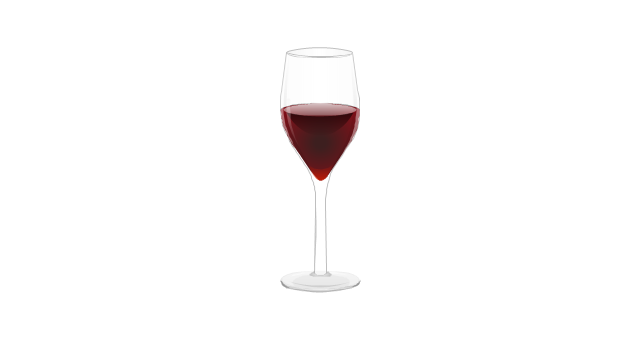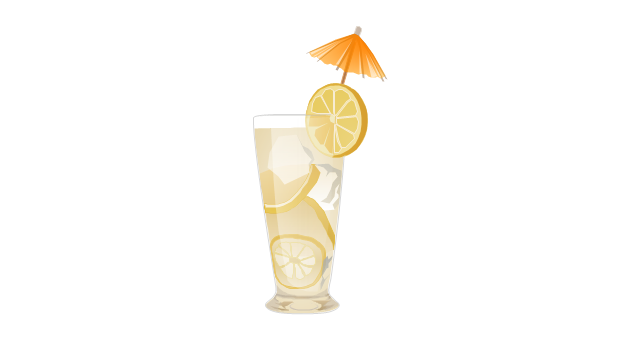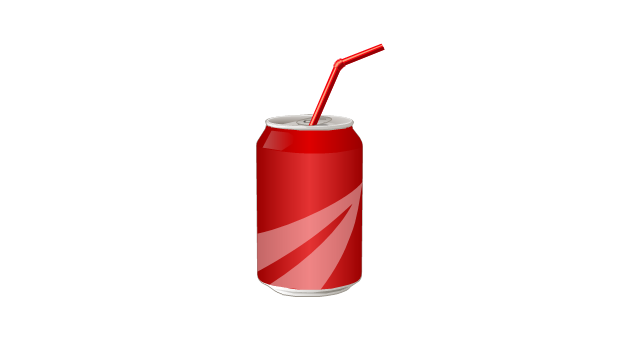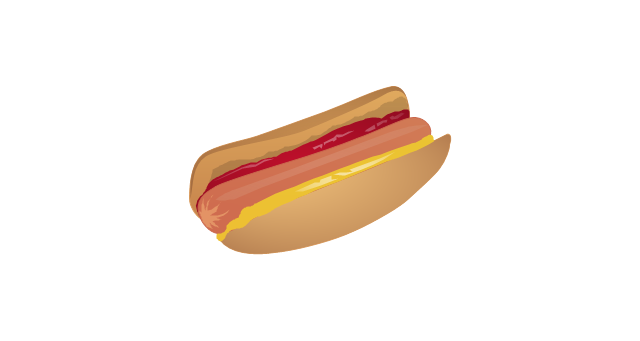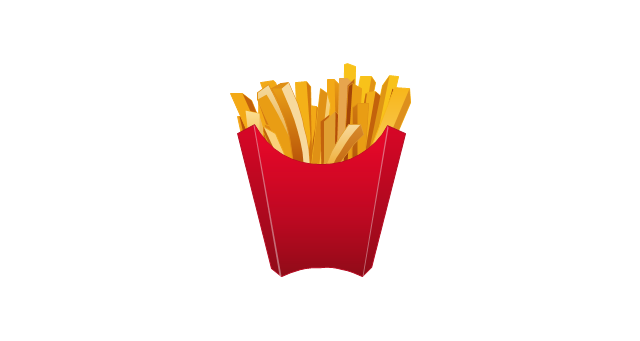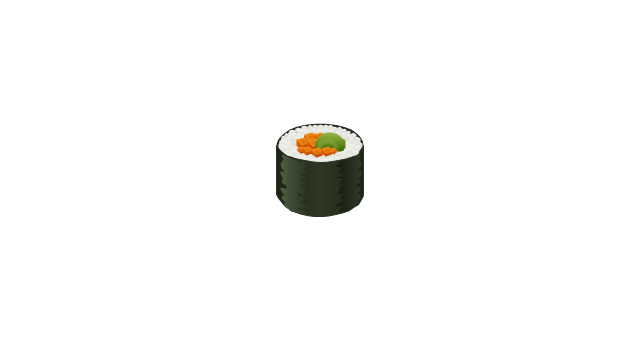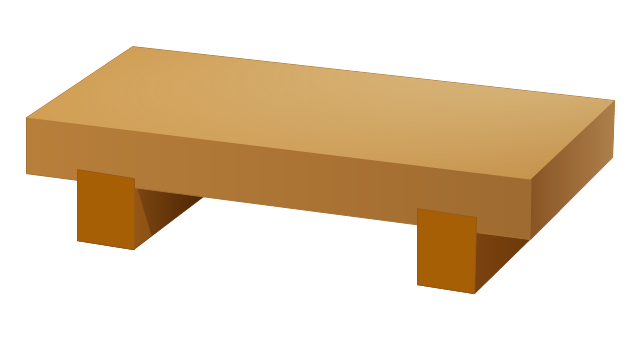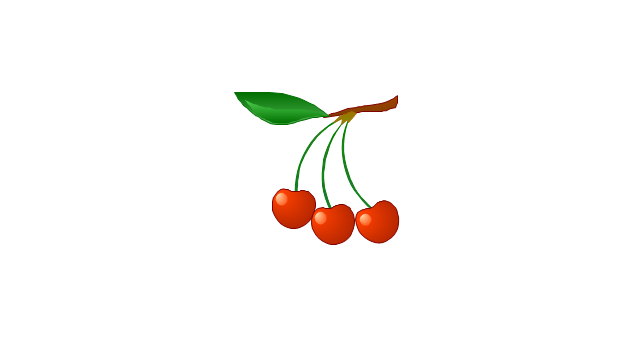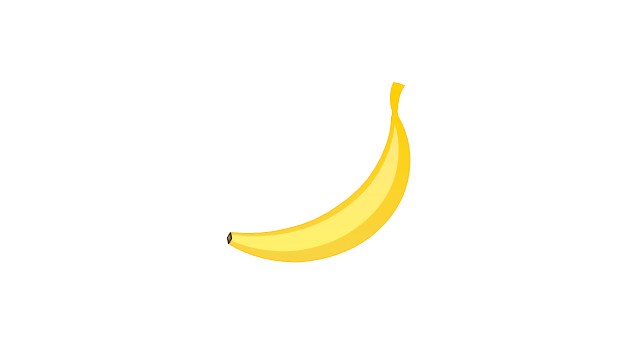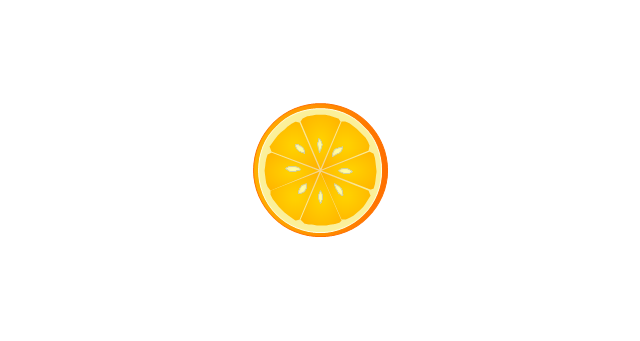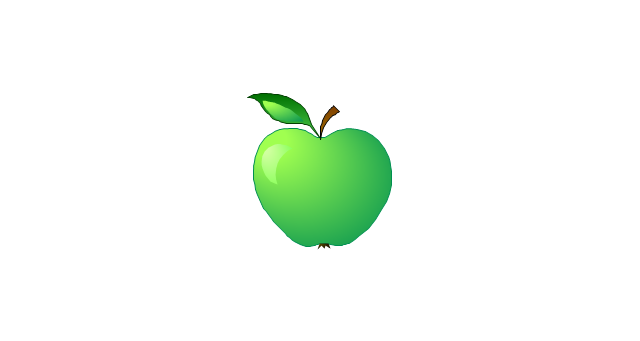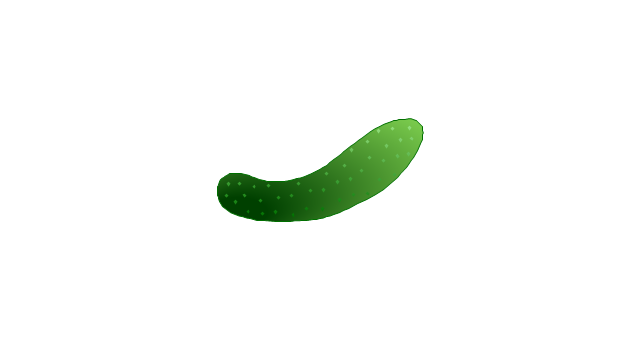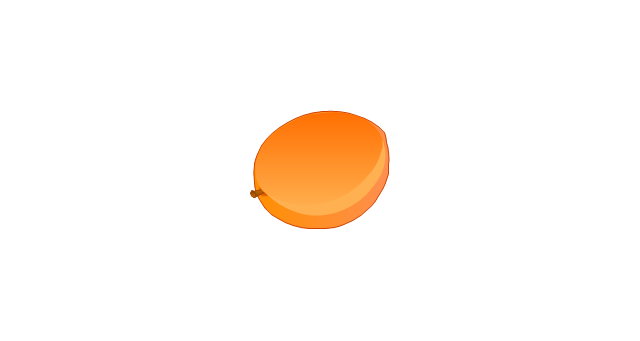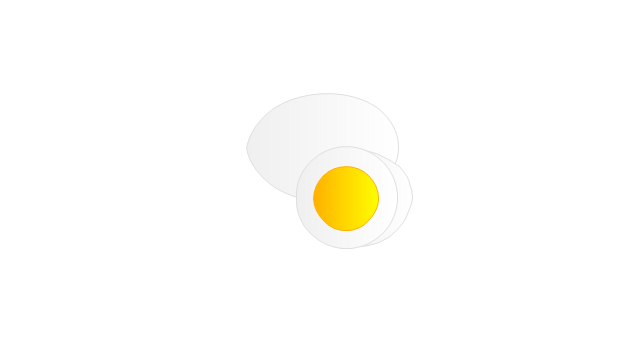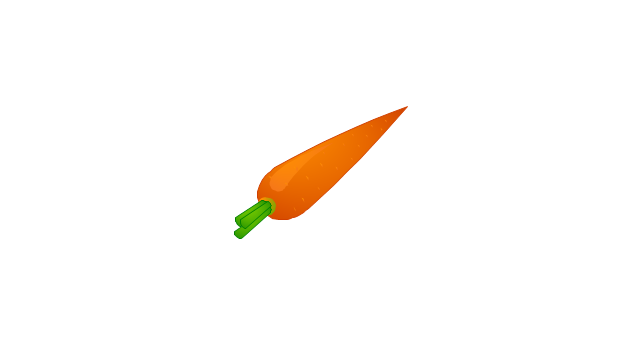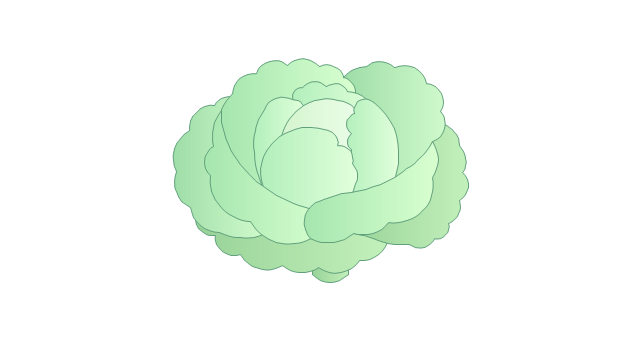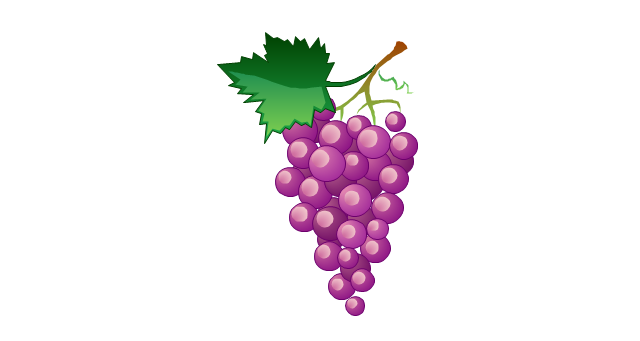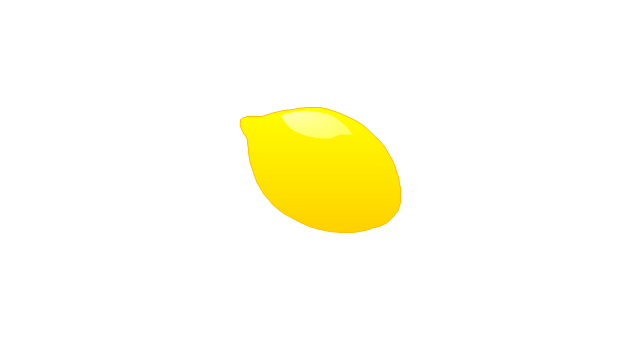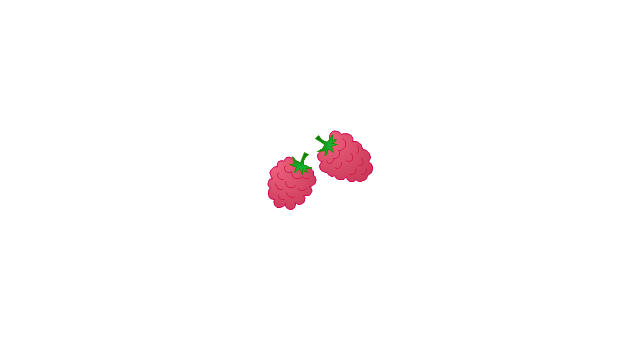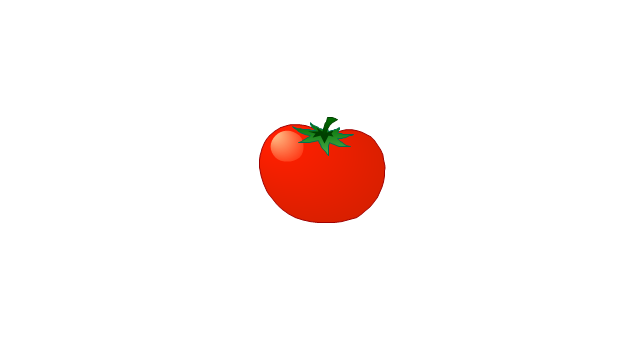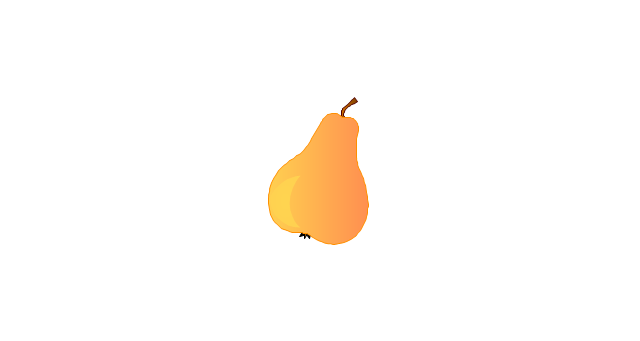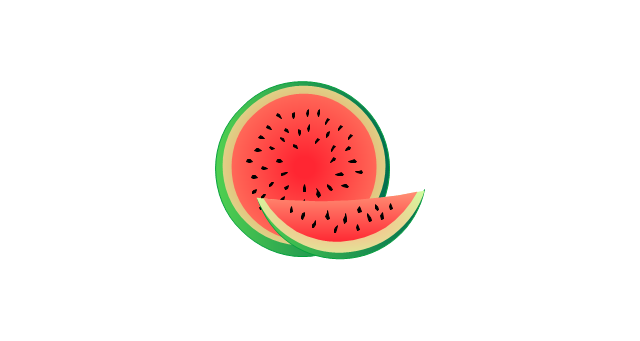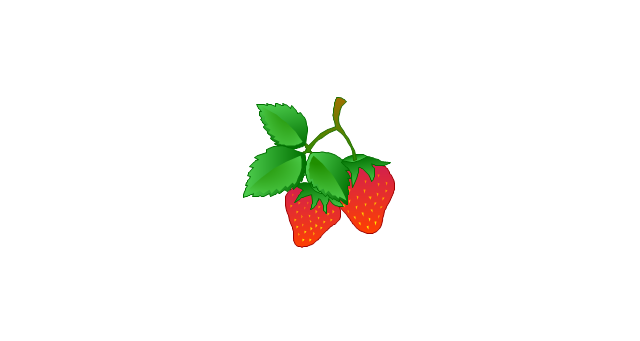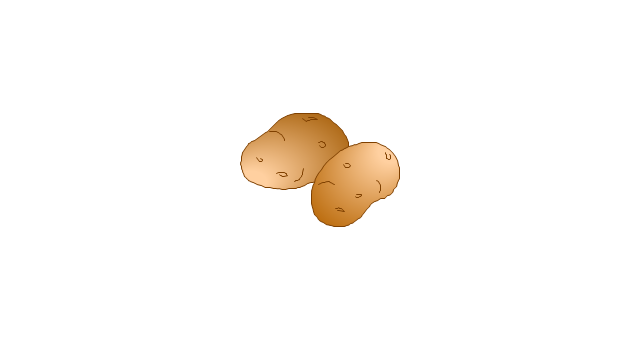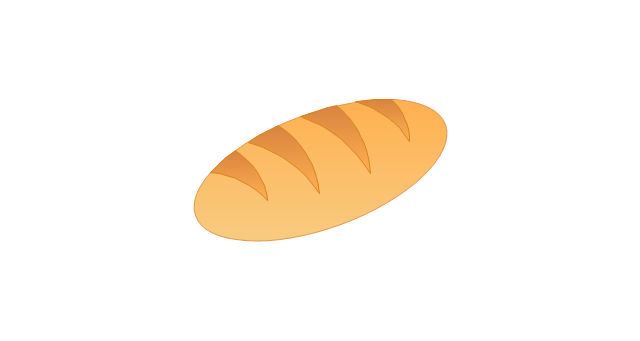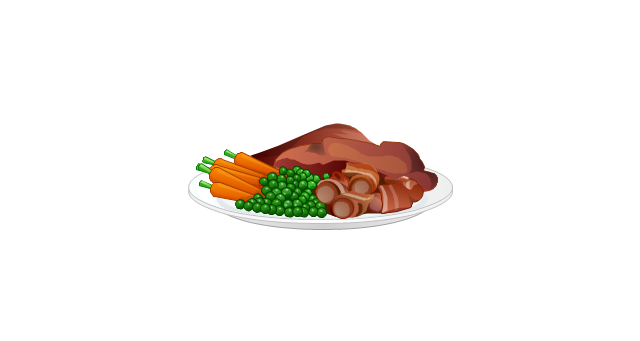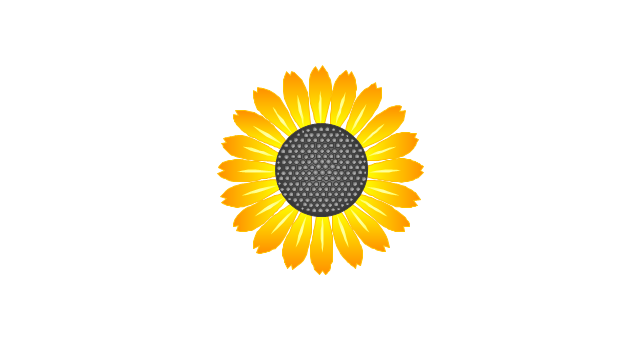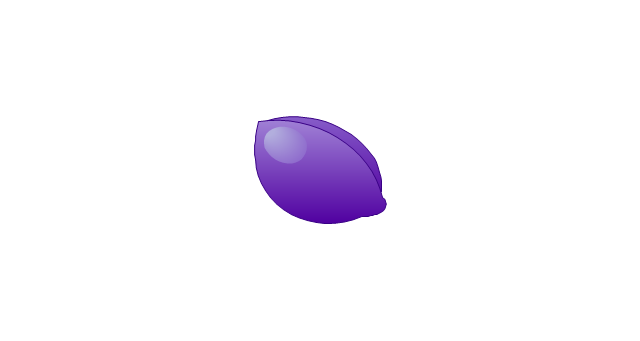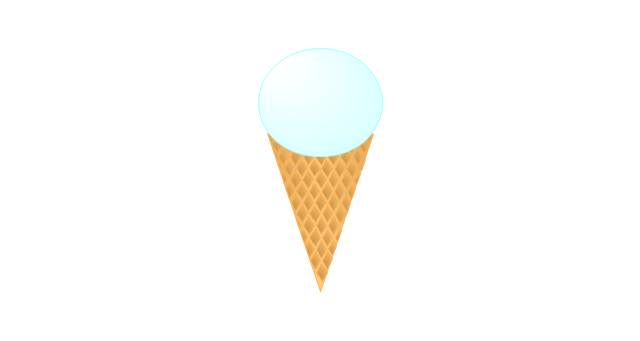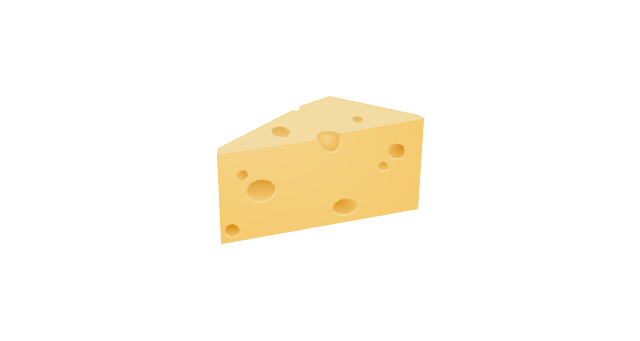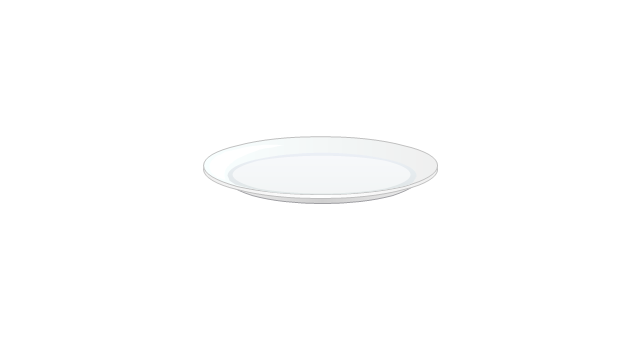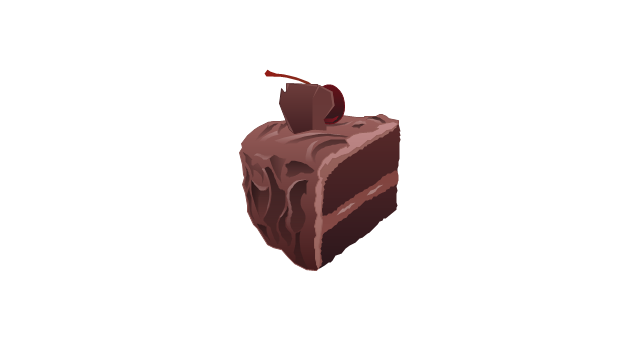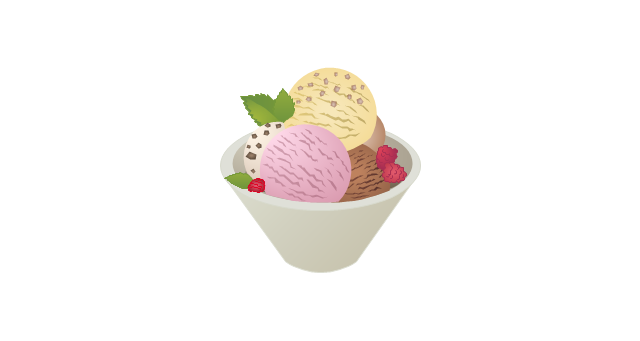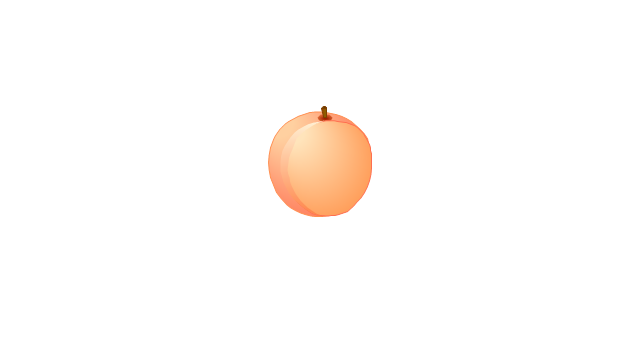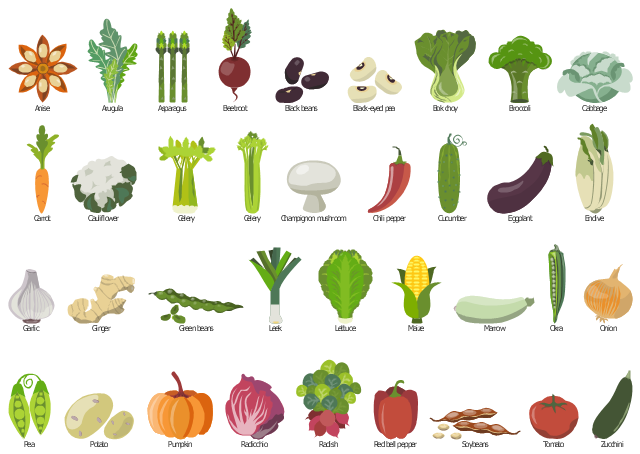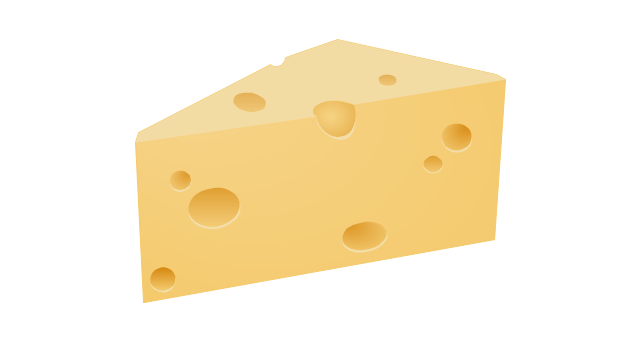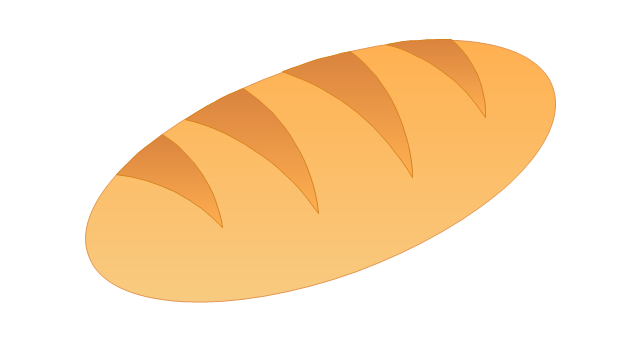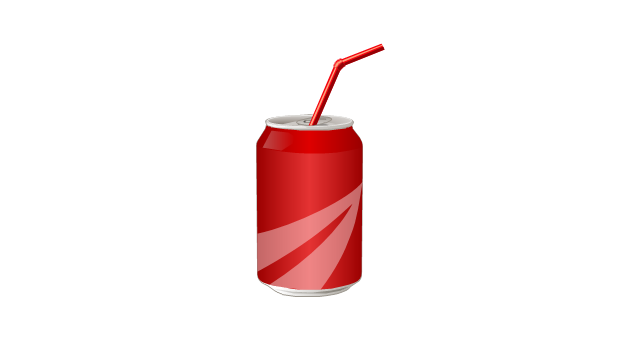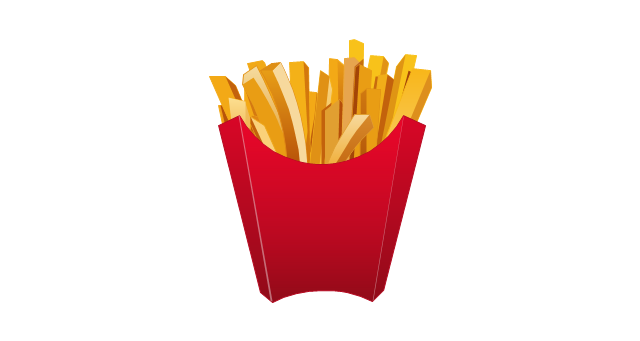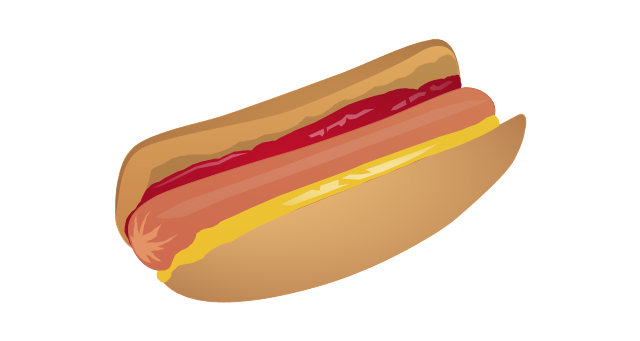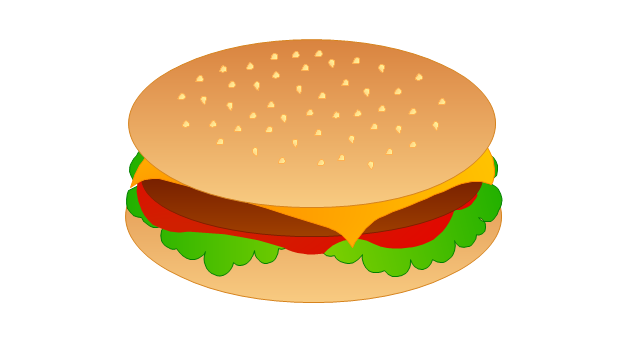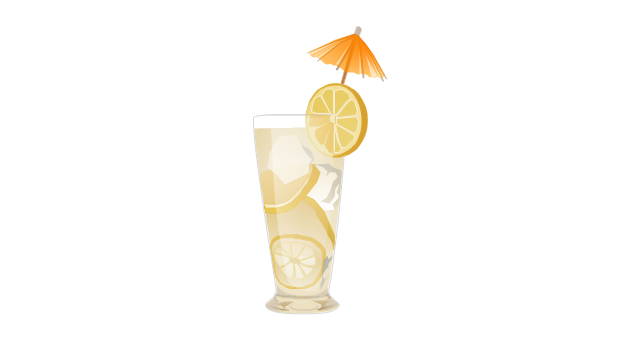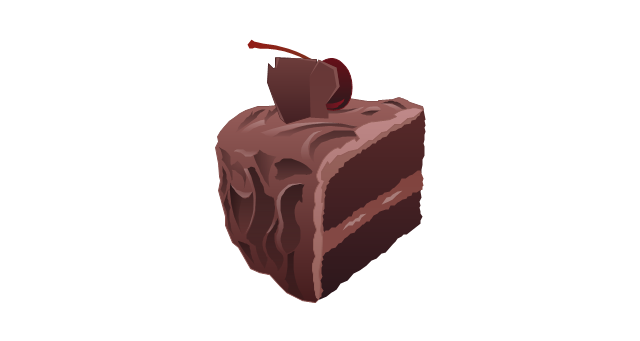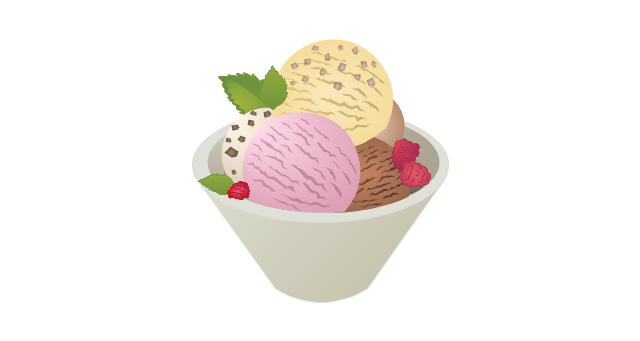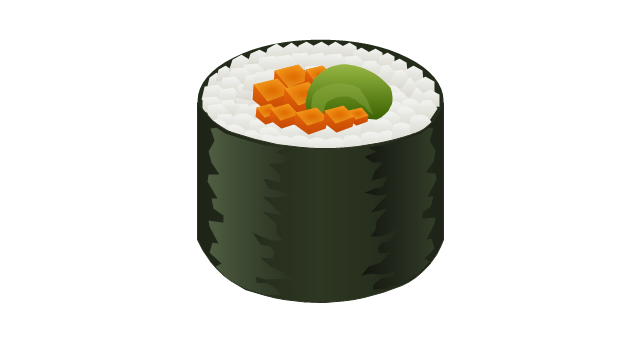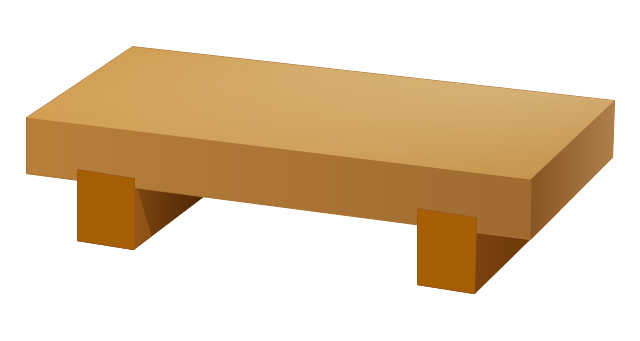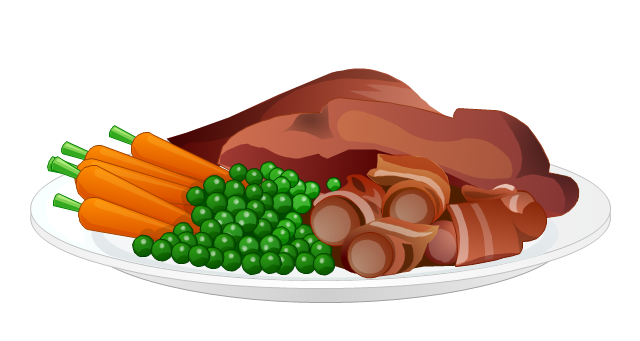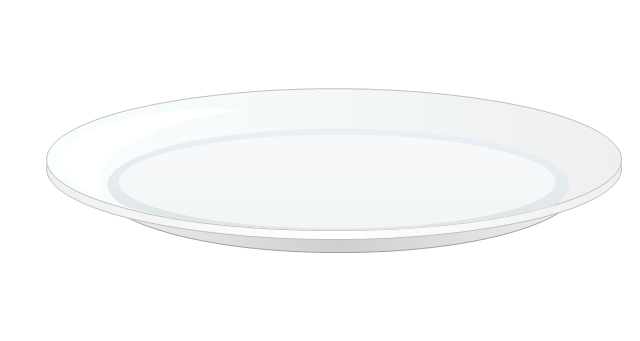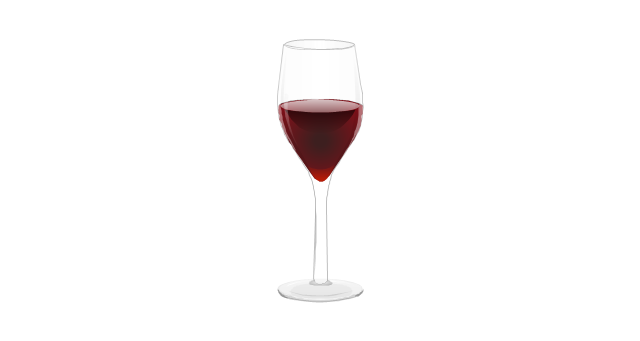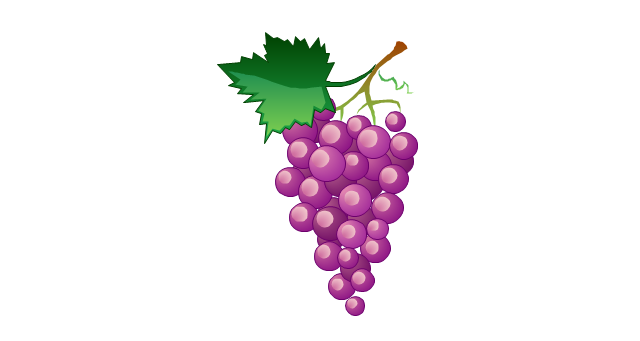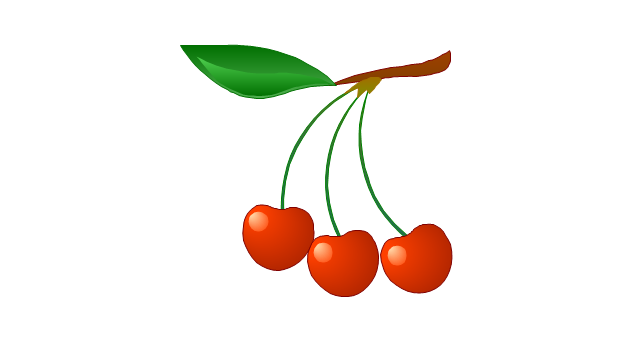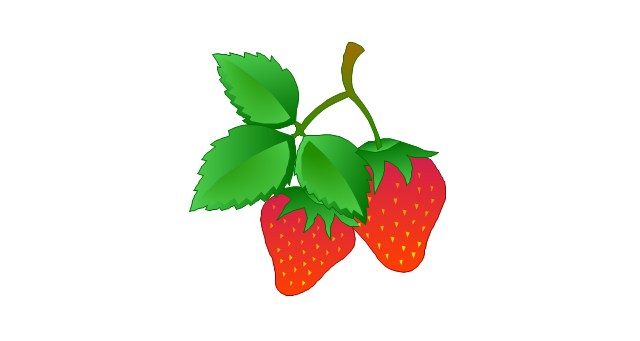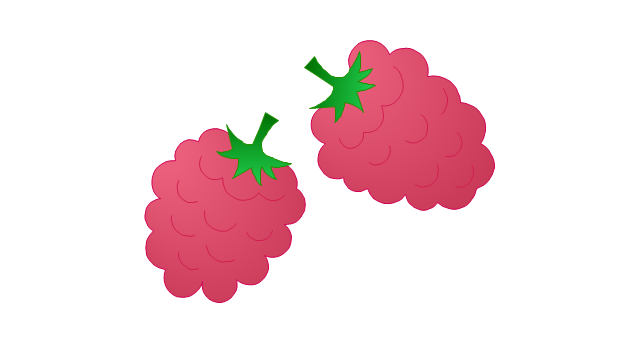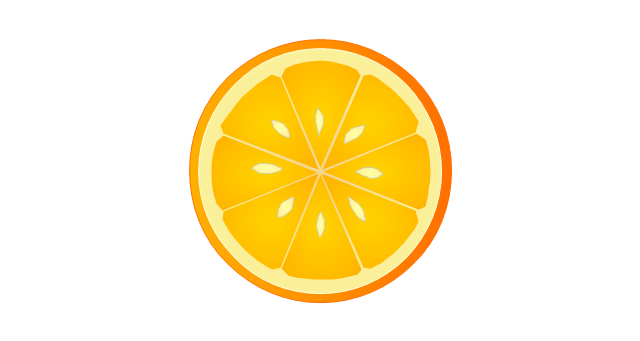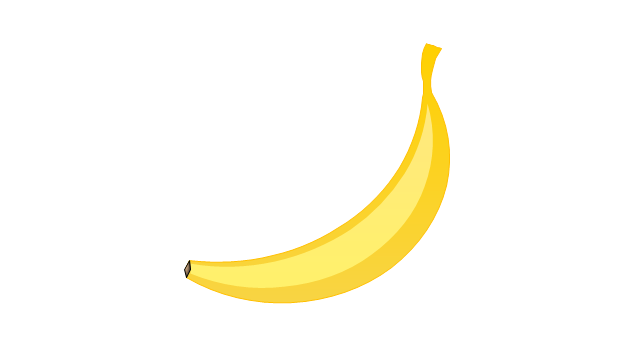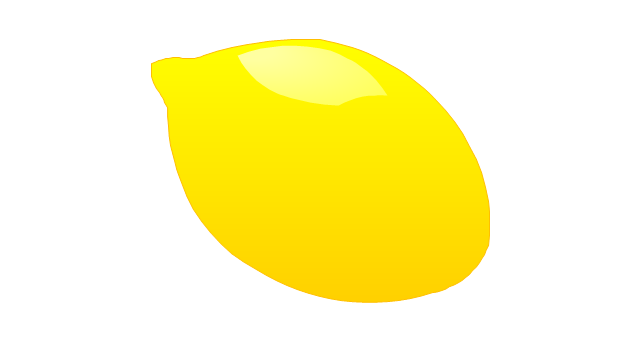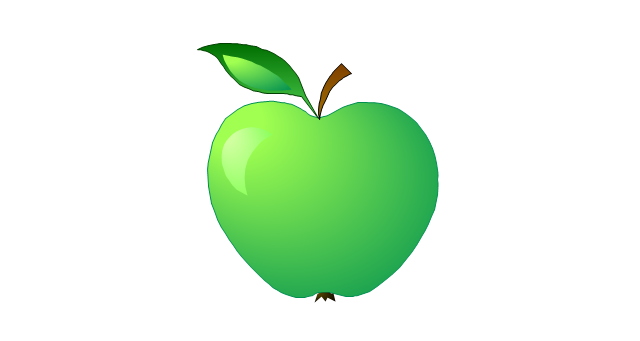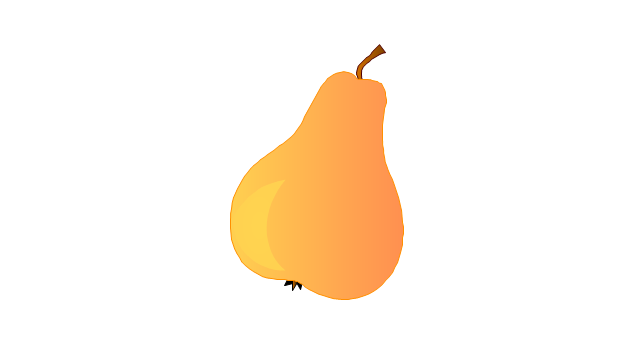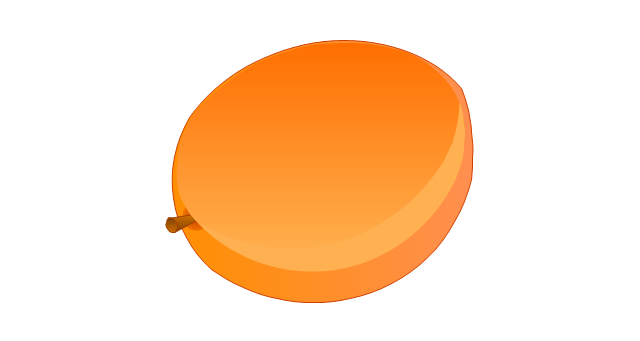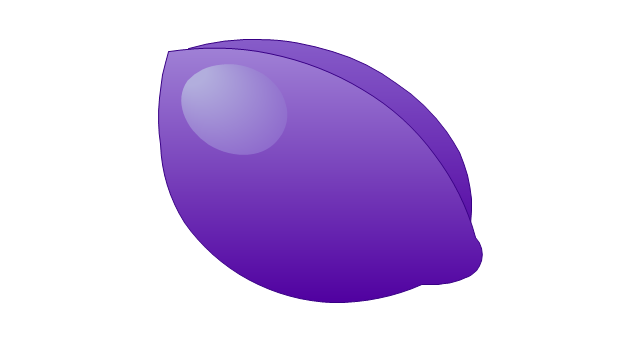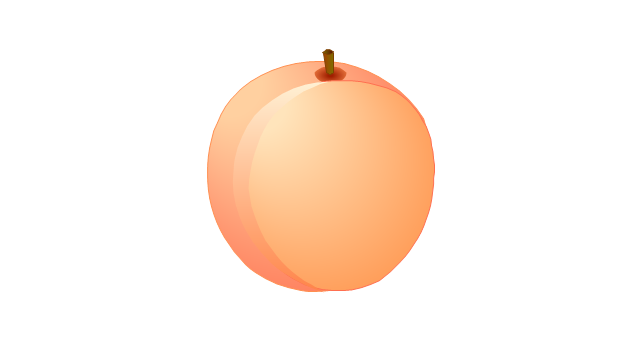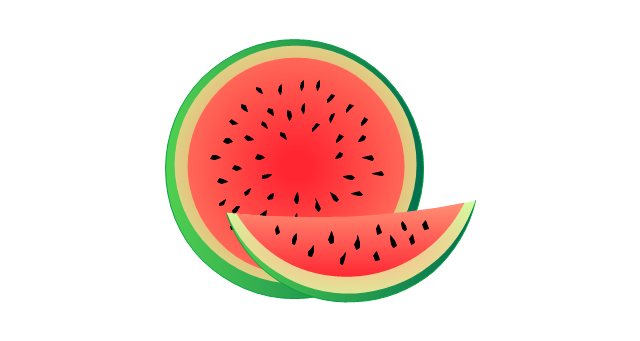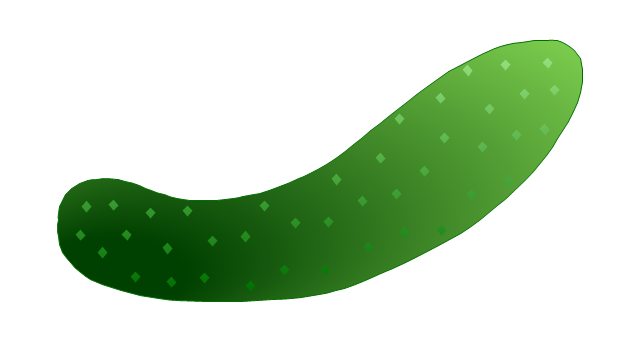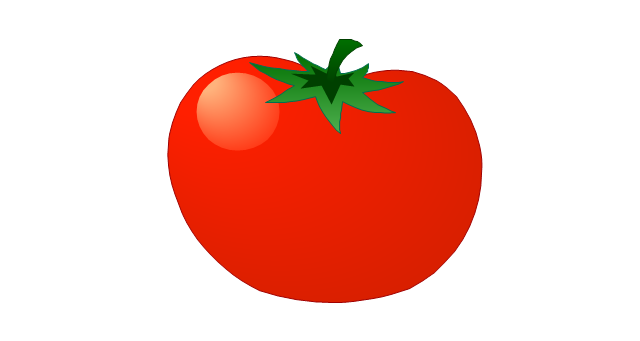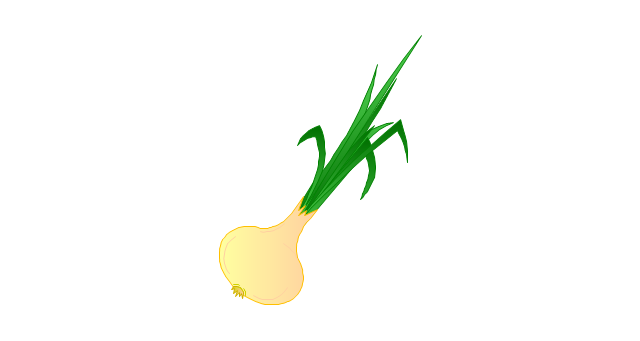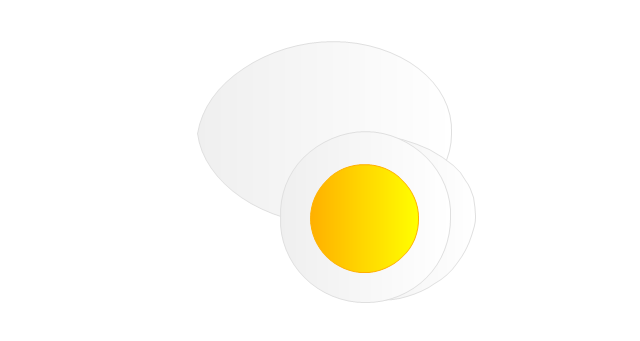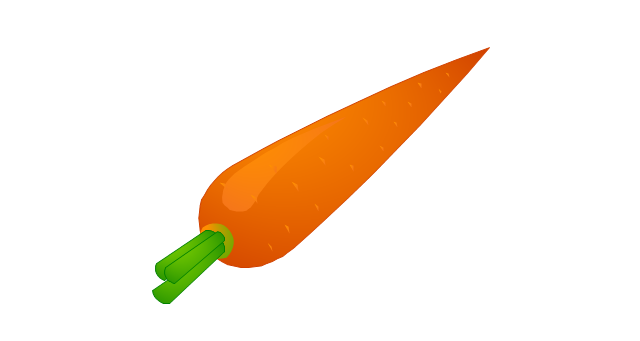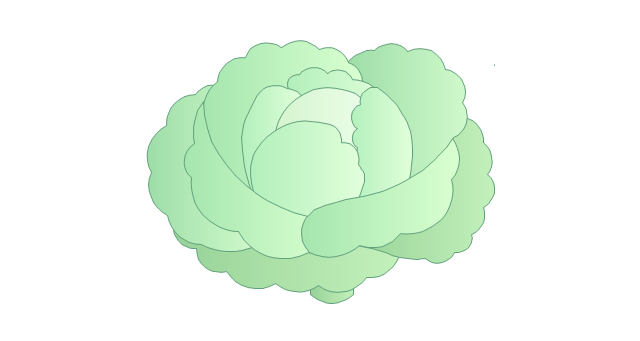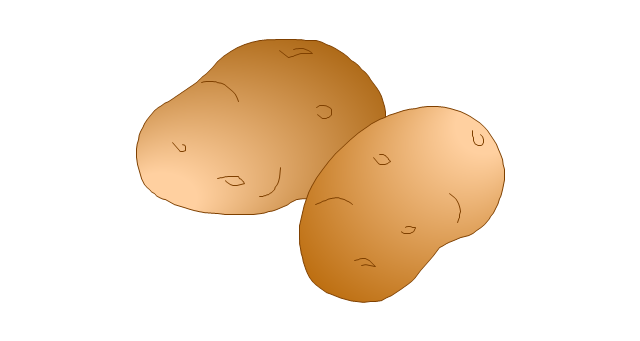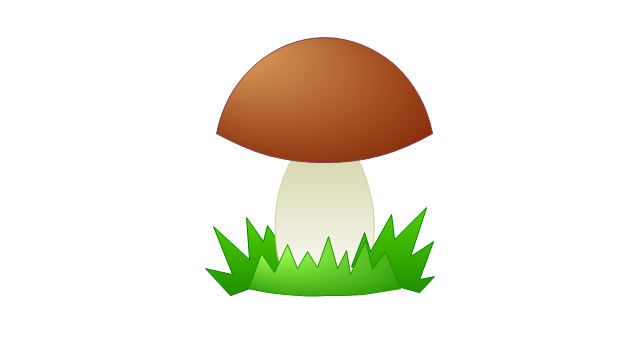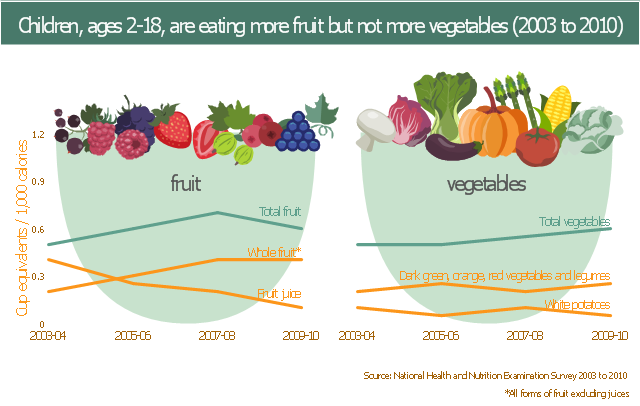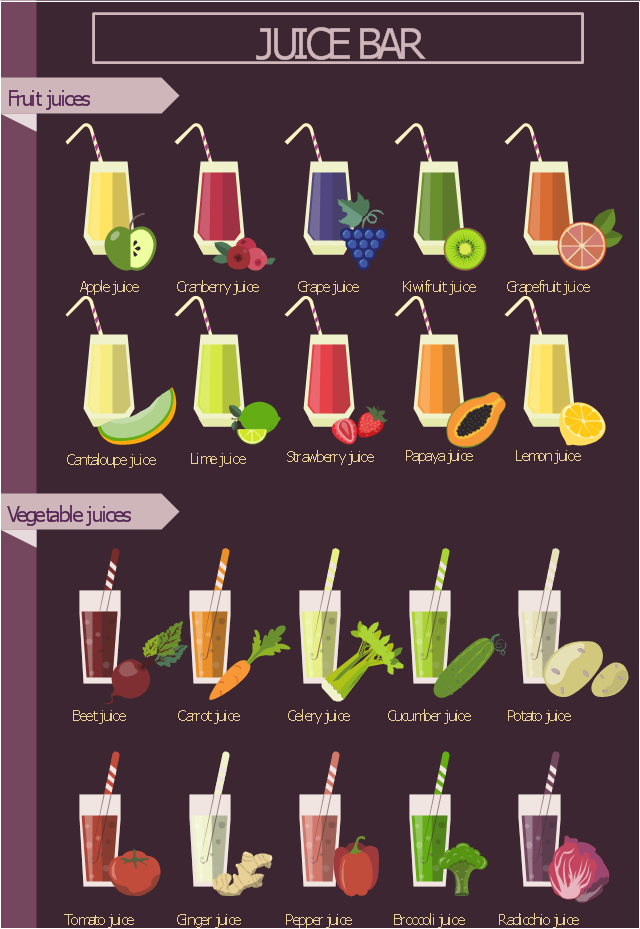The vector stencils library "Food" contains 38 clipart images of food, fruits, vegetables, meals for drawing illustrations.
"Many cultures have a recognizable cuisine, a specific set of cooking traditions using various spices or a combination of flavors unique to that culture, which evolves over time. Other differences include preferences (hot or cold, spicy, etc.) and practices, the study of which is known as gastronomy. Many cultures have diversified their foods by means of preparation, cooking methods, and manufacturing. This also includes a complex food trade which helps the cultures to economically survive by way of food, not just by consumption. Some popular types of ethnic foods include Italian, French, Japanese, Chinese, American, Cajun, Thai, African, and Indian cuisine." [Food. Wikipedia]
The clipart example "Food - Vector stencils library" was created using the ConceptDraw PRO diagramming and vector drawing software extended with the Artwork solution from the Illustration area of ConceptDraw Solution Park.
www.conceptdraw.com/ solution-park/ illustrations-artwork
"Many cultures have a recognizable cuisine, a specific set of cooking traditions using various spices or a combination of flavors unique to that culture, which evolves over time. Other differences include preferences (hot or cold, spicy, etc.) and practices, the study of which is known as gastronomy. Many cultures have diversified their foods by means of preparation, cooking methods, and manufacturing. This also includes a complex food trade which helps the cultures to economically survive by way of food, not just by consumption. Some popular types of ethnic foods include Italian, French, Japanese, Chinese, American, Cajun, Thai, African, and Indian cuisine." [Food. Wikipedia]
The clipart example "Food - Vector stencils library" was created using the ConceptDraw PRO diagramming and vector drawing software extended with the Artwork solution from the Illustration area of ConceptDraw Solution Park.
www.conceptdraw.com/ solution-park/ illustrations-artwork
The vector stencils library "Vegetables" contains 36 vegetable icons: edible plant parts as fruits, tubers, leaves, stems, roots, beans.
Use vegetables clipart to design your food, culinary, cuisine and nutrition illustrations, infographics and presentations.
Vegetables icon set also useful for drawing fresh juices, salads, garnishes and vegetarian dishes.
"In everyday usage, a vegetable is any part of a plant that is consumed by humans as food as part of a savoury course or meal. The term "vegetable" is somewhat arbitrary, and largely defined through culinary and cultural tradition. It normally excludes other main types of plant food, fruits, nuts and cereal grains but includes seeds such as pulses." [en.wikipedia.org/ wiki/ Vegetable]
The clip art example "Design elements - Vegetables" was created using the ConceptDraw PRO diagramming and vector drawing software extended with the Food Court solution from the Food and Beverages area of ConceptDraw Solution Park.
Use vegetables clipart to design your food, culinary, cuisine and nutrition illustrations, infographics and presentations.
Vegetables icon set also useful for drawing fresh juices, salads, garnishes and vegetarian dishes.
"In everyday usage, a vegetable is any part of a plant that is consumed by humans as food as part of a savoury course or meal. The term "vegetable" is somewhat arbitrary, and largely defined through culinary and cultural tradition. It normally excludes other main types of plant food, fruits, nuts and cereal grains but includes seeds such as pulses." [en.wikipedia.org/ wiki/ Vegetable]
The clip art example "Design elements - Vegetables" was created using the ConceptDraw PRO diagramming and vector drawing software extended with the Food Court solution from the Food and Beverages area of ConceptDraw Solution Park.
This library contains vector shapes of food, fruits, vegetables, meals for drawing illustrations.
This human nutrition infogram example was redesigned from the figure from the web page "Progress on Children Eating More Fruit, Not Vegetables" from the U.S. Centers for Disease Control and Prevention (CDC) website.
[cdc.gov/ vitalsigns/ fruit-vegetables/ ]
"Fruits are generally high in fiber, water, vitamin C and sugars, although this latter varies widely from traces as in lime, to 61% of the fresh weight of the date. Fruits also contain various phytochemicals that do not yet have an RDA/ RDI listing under most nutritional factsheets, and which research indicates are required for proper long-term cellular health and disease prevention. Regular consumption of fruit is associated with reduced risks of cancer, cardiovascular disease (especially coronary heart disease), stroke, Alzheimer disease, cataracts, and some of the functional declines associated with aging.
Diets that include a sufficient amount of potassium from fruits and vegetables also help reduce the chance of developing kidney stones and may help reduce the effects of bone-loss. Fruits are also low in calories which would help lower one's calorie intake as part of a weight-loss diet." [en.wikipedia.org/ wiki/ Fruit]
"Vegetables play an important role in human nutrition. Most are low in fat and calories but are bulky and filling. They supply dietary fibre and are important sources of essential vitamins, minerals and trace elements. Particularly important are the antioxidant vitamins A, C and E. When vegetables are included in the diet, there is found to be a reduction in the incidence of cancer, stroke, cardiovascular disease and other chronic ailments. Research has shown that, compared with individuals who eat less than three servings of fruits and vegetables each day, those that eat more than five servings have an approximately twenty percent lower risk of developing coronary heart disease or stroke." [en.wikipedia.org/ wiki/ Vegetable]
The example "Fruit and vegetables consumption infogram" was designed using the ConceptDraw PRO diagramming and vector drawing software extended with the Food Court solution from the Food and Beverages area of ConceptDraw Solution Park.
[cdc.gov/ vitalsigns/ fruit-vegetables/ ]
"Fruits are generally high in fiber, water, vitamin C and sugars, although this latter varies widely from traces as in lime, to 61% of the fresh weight of the date. Fruits also contain various phytochemicals that do not yet have an RDA/ RDI listing under most nutritional factsheets, and which research indicates are required for proper long-term cellular health and disease prevention. Regular consumption of fruit is associated with reduced risks of cancer, cardiovascular disease (especially coronary heart disease), stroke, Alzheimer disease, cataracts, and some of the functional declines associated with aging.
Diets that include a sufficient amount of potassium from fruits and vegetables also help reduce the chance of developing kidney stones and may help reduce the effects of bone-loss. Fruits are also low in calories which would help lower one's calorie intake as part of a weight-loss diet." [en.wikipedia.org/ wiki/ Fruit]
"Vegetables play an important role in human nutrition. Most are low in fat and calories but are bulky and filling. They supply dietary fibre and are important sources of essential vitamins, minerals and trace elements. Particularly important are the antioxidant vitamins A, C and E. When vegetables are included in the diet, there is found to be a reduction in the incidence of cancer, stroke, cardiovascular disease and other chronic ailments. Research has shown that, compared with individuals who eat less than three servings of fruits and vegetables each day, those that eat more than five servings have an approximately twenty percent lower risk of developing coronary heart disease or stroke." [en.wikipedia.org/ wiki/ Vegetable]
The example "Fruit and vegetables consumption infogram" was designed using the ConceptDraw PRO diagramming and vector drawing software extended with the Food Court solution from the Food and Beverages area of ConceptDraw Solution Park.
This beverages infogram example visualizes juice bar menu including fruit and vegetable juices.
"Juice is a liquid (drink) that is naturally contained in fruit and vegetables. ... It is commonly consumed as a beverage or used as an ingredient or flavoring in foods. It is also a common practice to mix juices of different fruits/ vegetables. Juice did not emerge as a popular beverage choice until the development of pasteurization methods allowed for the preservation of juice without fermentation. ...
A juice bar is an establishment that primarily serves prepared juice beverages such as freshly squeezed or extracted fruit juices, juice blends, fruit smoothies (a thick fruit drink, often iced), or other juices such as fresh wheatgrass juice. Sometimes other solid ingredients or nutritional supplements may be added as boosters, such as fresh bananas, eggs, nuts or nut butter, bodybuilding supplements, soy protein powder or others such as whey or hemp protein powders, wheat germ, or Spirulina (dietary supplement) or Chlorella. Also if less juice is used with these same ingredients drinks called health shakes may be produced." [en.wikipedia.org/ wiki/ Juice]
The meal infographic example "Juice bar" was drawn using the ConceptDraw PRO diagramming and vector drawing software extended with the Food Court solution from the Food and Beverages area of ConceptDraw Solution Park.
"Juice is a liquid (drink) that is naturally contained in fruit and vegetables. ... It is commonly consumed as a beverage or used as an ingredient or flavoring in foods. It is also a common practice to mix juices of different fruits/ vegetables. Juice did not emerge as a popular beverage choice until the development of pasteurization methods allowed for the preservation of juice without fermentation. ...
A juice bar is an establishment that primarily serves prepared juice beverages such as freshly squeezed or extracted fruit juices, juice blends, fruit smoothies (a thick fruit drink, often iced), or other juices such as fresh wheatgrass juice. Sometimes other solid ingredients or nutritional supplements may be added as boosters, such as fresh bananas, eggs, nuts or nut butter, bodybuilding supplements, soy protein powder or others such as whey or hemp protein powders, wheat germ, or Spirulina (dietary supplement) or Chlorella. Also if less juice is used with these same ingredients drinks called health shakes may be produced." [en.wikipedia.org/ wiki/ Juice]
The meal infographic example "Juice bar" was drawn using the ConceptDraw PRO diagramming and vector drawing software extended with the Food Court solution from the Food and Beverages area of ConceptDraw Solution Park.
- Food - Vector stencils library | Network Drawing Software | Food ...
- Food - Vector stencils library | Tomato Diagram Clip Art Picture
- Design elements - Vegetables | Pictures of Vegetables | Beauty in ...
- Design elements - Vegetables | Pictures of Vegetables | Fruit Art ...
- French Food Drawings Examples
- Sushi Roll Drawing
- Food - Vector stencils library
- Food - Vector stencils library | Healthy Diet | Healthy Diet Plan ...
- Food - Vector stencils library | Fast food restaurant menu prices ...
- Food - Vector stencils library | Diagram Of Water Melon
- Food - Vector stencils library | Food infogram - Reducing sodium ...
- Design elements - Vegetables | Food - Vector stencils library | Plant ...
- Beauty in nature Illustrations and Clipart | Design elements - Fast ...
- Fruit and vegetables consumption infogram | Healthy Diet Plan | Fast ...
- Food - Vector stencils library | Collaborative business with ...
- Hot Plate Drawing
- Cartoon Drawing
- Food - Vector stencils library | Transport map - Vector stencils library ...
- Food - Vector stencils library | Windows 8 apps - Vector stencils ...
- Foods Draw Png
